The following guidelines are meant for the orientation of our supporters, our partners and the audience.
Who we are
We are a cultural institution of the City of Thun with two locations of different character. Our programmes have experimental formats and we see ourselves as a hub for cultural encounters for town and region.
- The Kunstmuseum Thun in Thunerhof, a former grand hotel on the banks of the Aare, shows three to four large exhibitions per year and tries out additional formats in the project room enter.
- The ThunPanorama in Schadaupark is home to the world’s oldest preserved cyclorama. It depicts the City of Thun 200 years ago. In the annex building seasonally changing exhibitions are shown.
What we do
We create spaces for interdisciplinary examination around art and culture.
- The point of departure is a collection with originals and a focus on the region and Switzerland, which we retain as cultural assets. The most important work is the Panorama of Thun and its surroundings (1814) by Marquard Wocher.
- Art and culture professionals from at home and abroad provide new impetus and inspire to build bridges to contemporary art.
- We create a dialoguebased access to art and culture for the general public. Interdisciplinary and participative projects are carried out on a regular basis.
These are our values
We want to open our spaces for encounters between all people and art.
- We are peculiar: art and culture are deepened and cultivated from various points of view. Inclusive culture is lived through the multisensory principle.
- Our users are meant to reflect the varied composition of our society. We address a wide range of target groups and want to stay in dialogue with them and link them to our institution.
- We create networks, so that art and culture play a role in the life of many different people.
- What we do is accompanied by reflection, scrutiny and discarding.
How we work
Our strength is the combination of various pillars as a resource.
- The City of Thun, the Canton of Bern and municipalities in the region safeguard basic funding and thereby continuity.
- Thirdparty funds by foundations, sponsors and other sources enable quality, special and experimental aspects.
- We continuously expand our competencies through a temporal extension of our team and / or further trainings.
- We successfully execute our projects, as we search for and maintain partners. Collaborations ensure a change of perspectives, absorption and wide networking.

